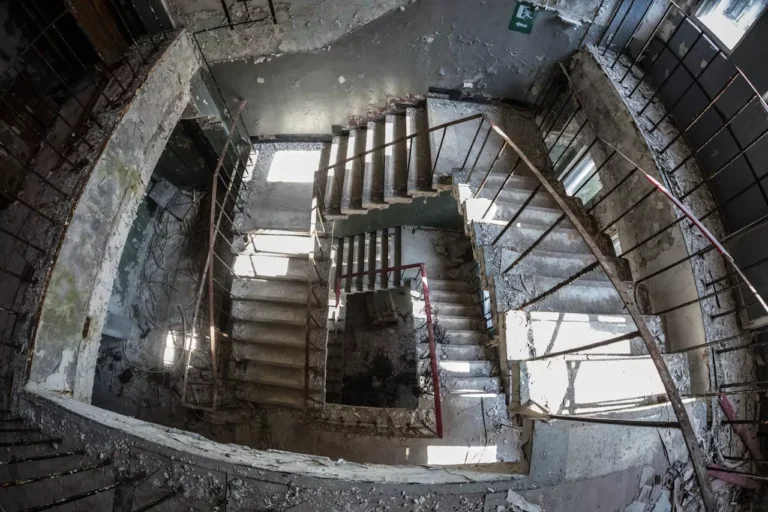
Westerschelde Tunnel and N62 Successfully Upgraded with Sustainable Infrastructure Enhancements
After months of meticulous planning and coordination, BAM Infra Nederland and Westerscheldetunnel Maintenance have successfully completed major upgrade and maintenance works on the Westerschelde Tunnel and the adjacent N62 route. Conducted over two weekends in April and May 2025, these works represent a significant milestone in ensuring the long-term reliability, safety, and sustainability of one of the Netherlands’ most critical transport corridors.
The Westerschelde Tunnel and the N62 are vital to the daily mobility of thousands of road users, serving as a key link in the accessibility of Zeeuws-Vlaanderen. With the infrastructure reaching the end of its service life, the maintenance activities were carefully scheduled and executed to minimize disruption and maximize operational continuity. This complex operation was made possible through the close cooperation between BAM Infra, Westerscheldetunnel Maintenance, and the client, N.V. Westerscheldetunnel, and it was guided by a tightly managed schedule.
A Major Focus on Safety and Reliability
The primary objectives of the works were threefold: to renew aging asphalt, to inspect and service the technical installations within the tunnel, and to implement additional safety enhancements. Throughout the two planned closure periods, the teams worked intensively to ensure every task was completed to the highest standard.
The installations inside the tunnel—ranging from lighting and ventilation systems to fire safety and monitoring equipment—were thoroughly inspected and tested. Where necessary, components were upgraded or replaced to meet the latest safety standards. These enhancements will contribute to even greater safety and efficiency for users of the tunnel well into the future.
A Sustainable Approach to Road Renewal
One of the standout features of this project was the extensive use of sustainable materials in renewing the road surface. Over 43,760 square metres of asphalt, spanning more than two kilometres in both directions, were replaced. Both the binder course and the surface course were reconstructed using LEAB (Low Energy Asphalt Concrete), an innovative asphalt mixture designed to be produced and applied at significantly lower temperatures.
By using LEAB, the project was able to substantially reduce energy consumption and CO₂ emissions during asphalt production and paving. In addition to its low-energy profile, the binder course used in the project contained 70% recycled materials. This exemplifies a forward-looking approach to circularity in infrastructure—a principle that is increasingly vital in today’s climate-conscious construction landscape.
In total, approximately 8,900 tonnes of LEAB were used for this large-scale resurfacing effort. Not only does this material meet stringent performance standards for durability and road safety, but it also supports broader environmental goals without compromising on quality.




